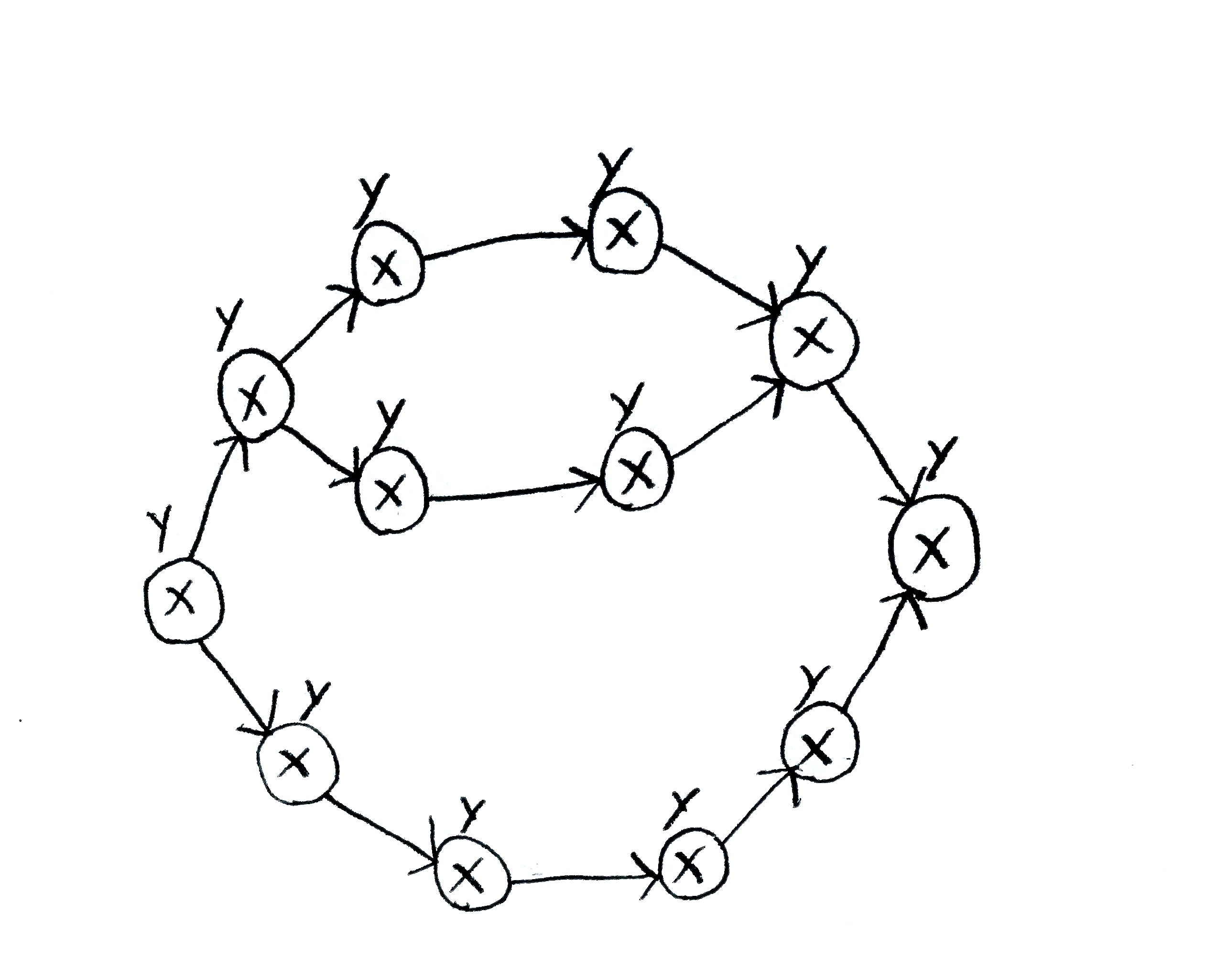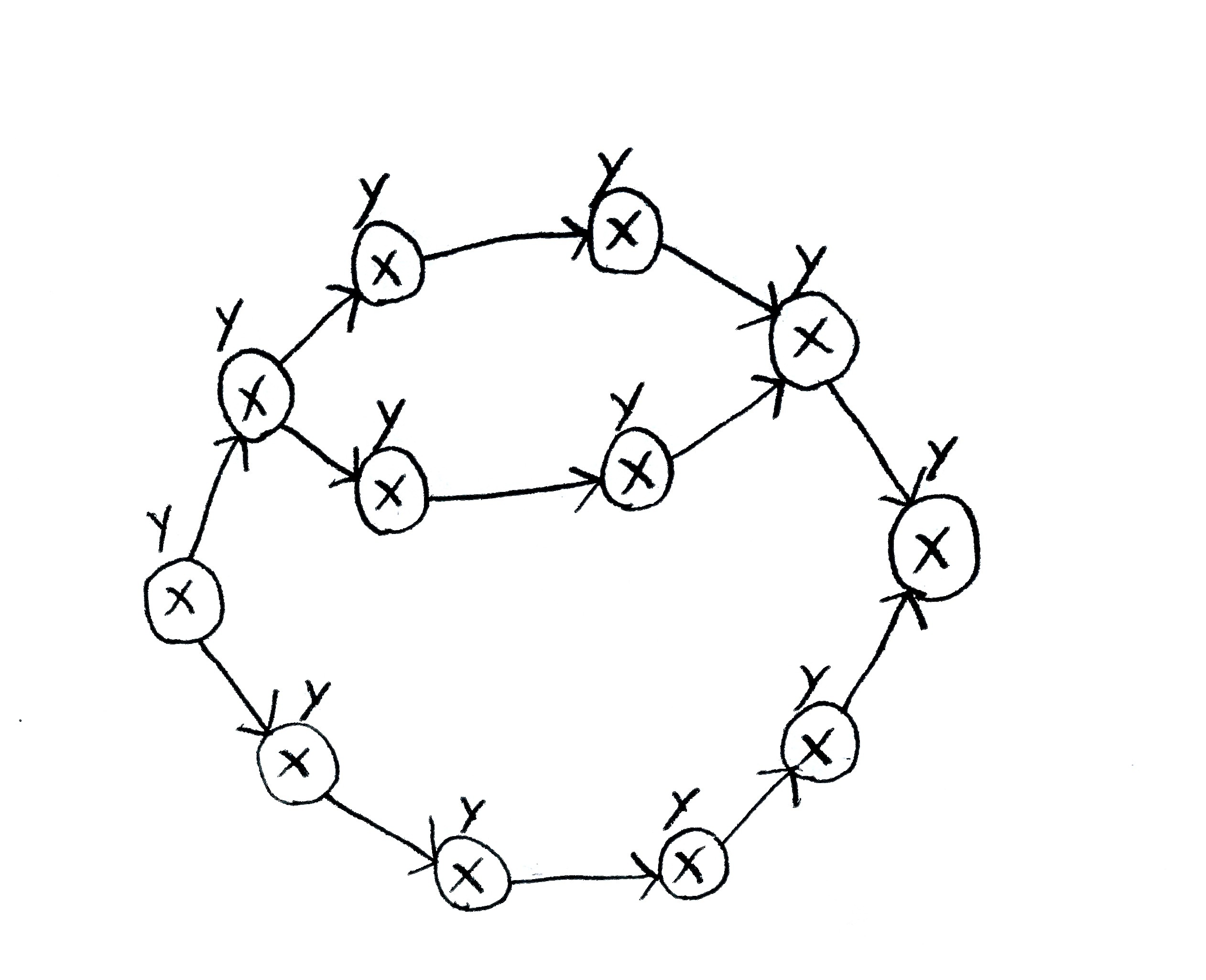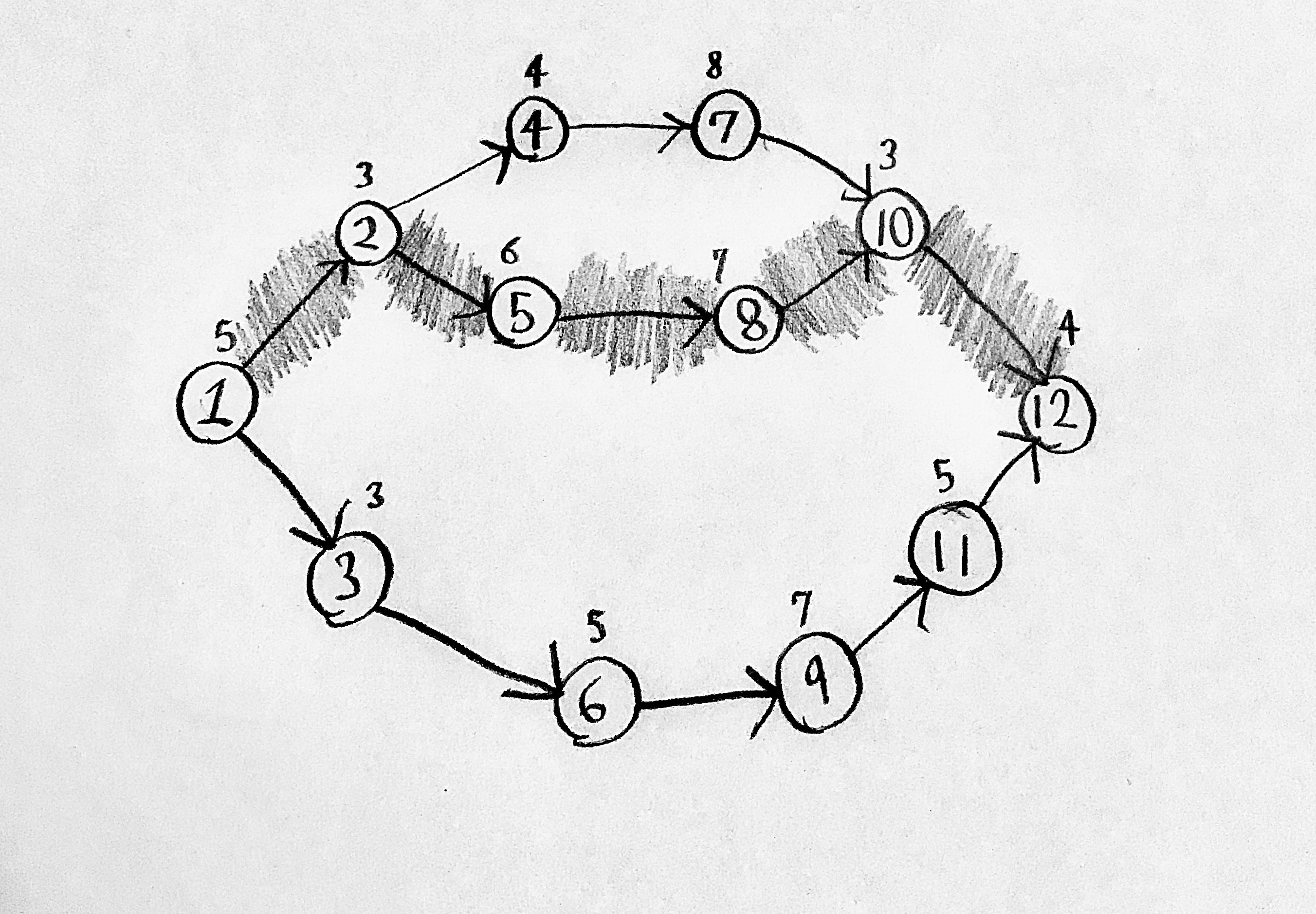Lean Systems' Ultimate Goal
to achieve a system that matches supply to customer demand
Lean Systems' Supporting Goals
eliminating disruptions, making the system flexible, and eliminating waste, especially excess inventory
Lean Systems' Building Blocks
product design, process design, personnel/organizational elements, and manufacturing planning and control
Warning about Pull Systems
Large variations in volume, product mix, or product design will undermine the system
Requirements for Implementing Lean
High quality, highly capable production systems, standard parts, a modular design, concurrent engineering, a spirit of cooperation among workers, management, and vendors, and a pull system
Differences between project management and general operations management
Project management has a limited timeframe, narrow focus, specific objectives, and it is less bureaucratic
Project managers' responsibilities
Effectively managing the work, human resources, communications, quality, time, and costs
Reason why waiting lines can form even when there is enough capacity
Arrival and service rates are variable
Activities that have slack time
Activities that are not on the critical path
Fact about the critical path
It does not have slack time.
Reasons to use lean
It reduces waste, continuously improves, minimizes inventory, it has high quality, small lot sizes, quick changeovers, and matches output to demand
factor that allows quick changeovers
Single-minute exchange of dies
PERT
Program evaluation and review technique
PERT chart
A sequence of relationships and orders that activities have to be deployed in
What to do when deploying activities on a PERT chart
Number the nodes on the chart
Number of Individual Steps in the "Mercury Marine Lean" video's process
122
Number of Production Steps in the "Mercury Marine Lean" video's process
27
Travel Distance in the "Mercury Marine Lean" video's process
20,793'
Number of People who touched the unfinished product in the "Mercury Marine Lean" video's process
106
"HP Stockless Production": Space Used in the Push 6 System
2 tables
"HP Stockless Production": WIP in the Push 6 System
30
"HP Stockless Production": Cycle time in the Push 6 System
3:17
"HP Stockless Production": Rework Quantity in the Push 6 System
26
"HP Stockless Production": Type of Problems in the Push 6 System
Hidden
"HP Stockless Production": Space Used in the Pull 3 System
2 tables
"HP Stockless Production": WIP in the Pull 3 System
12
"HP Stockless Production": Cycle Time in the Pull 3 System
1:40
"HP Stockless Production": Rework Quantity in the Pull 3 System
10
"HP Stockless Production": Space Used in the Pull 1 System
1 table
"HP Stockless Production": WIP in the Pull 1 System
4
"HP Stockless Production": Cycle Time in the Pull 1 System
:19
"HP Stockless Production": Rework Quantity in the Pull 1 System
3
"HP Stockless Production": Type of Problems in the Pull 1 System
Visible
Lean systems' ideal lot size
1
Lean Process Design Aspects
Small lot sizes, setup time reduction, manufacturing cells, quality improvement, production flexibility, a balanced system, little inventory storage, and fail-safe methods
Small lot size benefits
Smaller work in progress, lower inspection and rework costs, greater scheduling flexibility, increase production flexibility, and it makes balancing operations easier
Lean operating with low inventories basic requirement
Have suppliers deliver to the production floor
Lean Systems' Vendor Characteristics
they are a small number of suppliers that are expected to provide frequent, small deliveries of high-quality goods
Things that require PERT's use
Early start, early finish, late start, and late finish
Work Breakdown Structure
A hierarchal listing of what must be done during a project
Work breakdown Structure Step 1
Identify the project's major elements
Work breakdown Structure Step 2
Identify each major element's supporting activities
Work breakdown Structure Step 3
Break down each major supporting activity into a list of activities that will be needed to accomplish it
Lean systems' eight wastes
Excess inventory, overproduction, waiting time, unnecessary transporting, processing waste, inefficient work methods, product defects, and underused people
Excess inventory example
Anything that is not necessary for the minimum buffers; any inventory above the minimum amount to meet daily demand
Overproduction example
Producing more than is required for the daily demand
Waiting time example
Any time spent waiting for parts; any unproductive time spent waiting
Unnecessary transporting example
Most of the time the unfinished product was moved in the Mercury Marine Lean video
Processing waste example
Scraps and reduced yield, such is when a die cut process begins
Inefficient work methods example
When people have to move too much or reach too much if moving objects closer together is possible
Product defects example
Any kind of quality problem
Underused people example
Failure to implement line balancing
Critical Path Definition
The longest sequence of activities from the starting node to the finishing node
Reason waiting can occur in infinite source queuing systems
Customer arrivals are unrestricted
Effect when the arrival-rate-to-service-rate increases ;the number of arrivals increases but the service rate stays the same
The answer's value increases

X’s on this PERT chart
Activities’ name numbers (i.e., if one is 5, that activity is activity 5)

Y’s on this PERT chart
Activities’ length numbers (i.e., if one is 5, that activity takes 5 days to complete)

The shaded path’s name on this PERT chart
1-2-5-8-10-12
How to solve for the critical path
Sum each of the paths’ activity numbers separately. The critical path has the highest sum.
Crashing a node effect
The node’s length in days is reduced.
How to choose which nodes to crash
Start on the critical path and crash the cheapest node first.
What it means to crash a project for a certain number of days
Crash nodes on the project until all paths are the critical path's length minus the specified number of days or less
Effect on a system when its channel utilization is over 100%
Its line will keep growing
Important step for calculating the number of kanban containers
Rounding the answer number up; i.e. 1.3 rounds to 2
How to tell if you can use fewer containers if the kanban system improves
Set X to zero and re-calculate the number of containers. If the new answer rounds to a smaller whole number than the original, the answer is yes.
Project management tools
Work breakdown structure, network diagram, Gantt chart, and risk management
Network diagram explanation
This "big picture" visual aid is used to estimate project duration, identify activities critical for timely project completion, identify areas with slack time, and develop activity schedules.
Gantt chart explanation
This is a visual aid used to plan and monitor individual activities.
Risk Management Explanation
These are analyses of potential failures or problems, assessment of their likelihood and consequences, and contingency plans.